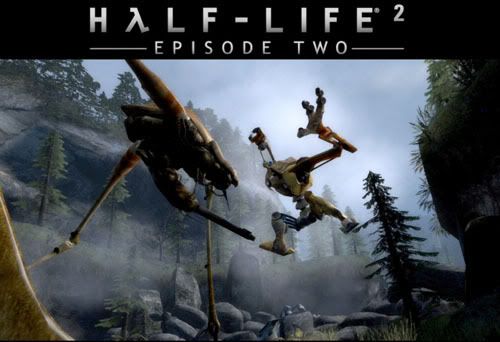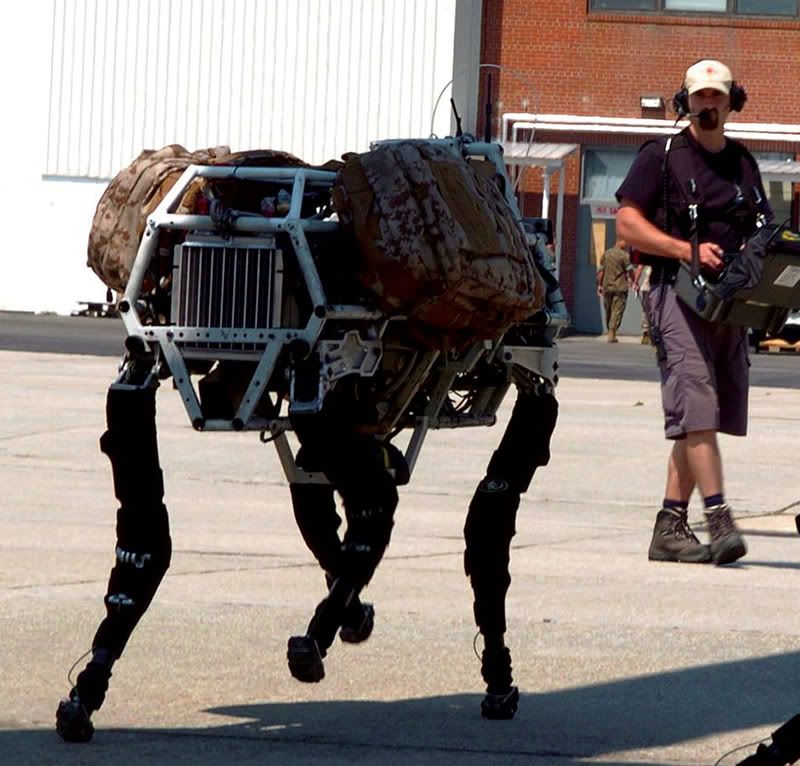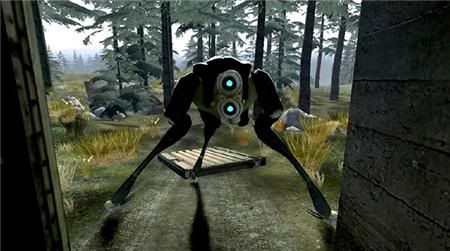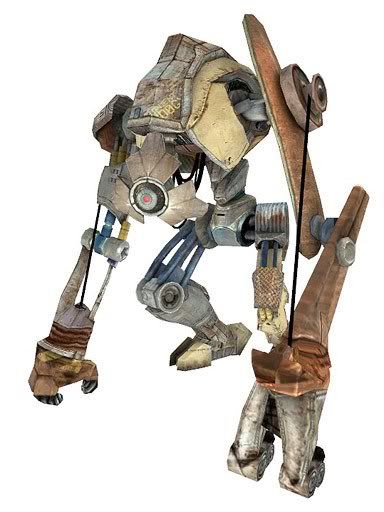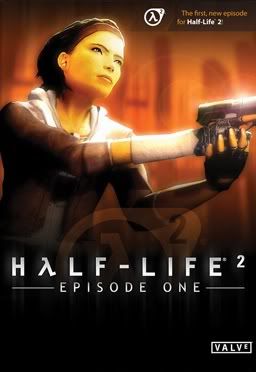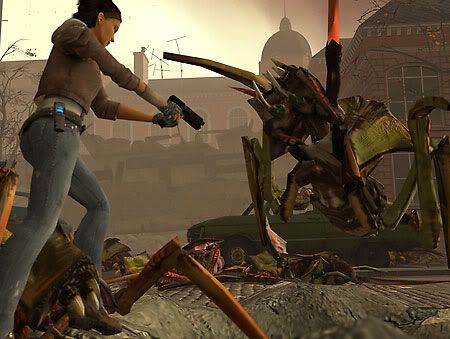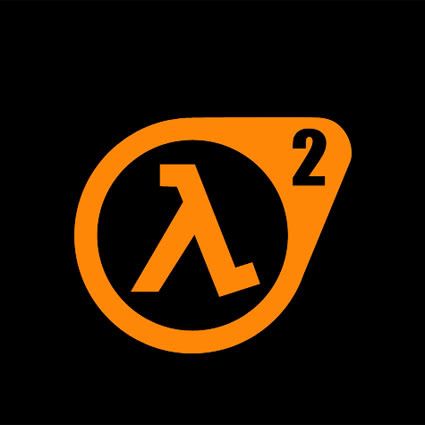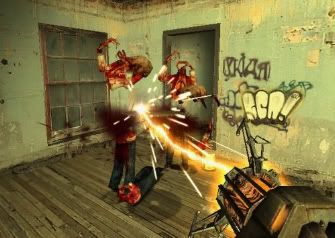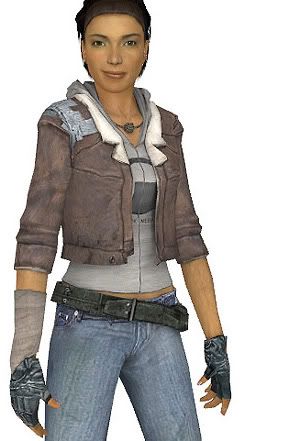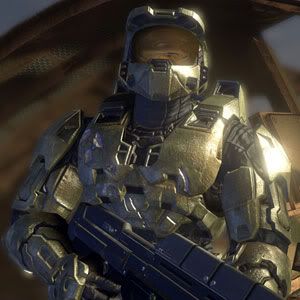
I was raised playing games like Chess, Battleship, Squad Leader, Risk and War of the Ring. I still love playing tabletop strategy games with my dad. It keeps my mind sharp, it’s quality time with a parent, and a great opportunity to talk smack at someone I deeply love and respect. Especially when a Xanatos Gambit of mine pays off and he’s left staring at the board uttering curses out of earshot of my mother.
Competition among peers is a good thing. Iron sharpening iron, pushing oneself to become better at a chosen passion, blah blah achievement blah blah brotherhood blee. It’s true for video games as much as it is for those played among people with whom you share eye contact and can harass while they get up to grab a fresh beer. I used to love player versus player online as much as I do at the card table. But as time went on, I found myself slowly becoming more and more dissatisfied with PvP in general and online PvP in particular, to the point that nowadays the only competitive game-playing I do is with my dad on the rare occasion we get to sit down together. Most of my video-game playing has become something I do just with myself, which could be descriptions of many of my daily activities, some of which I won’t mention here for family-friendly reasons.
What happened? How did I fall out of love with PvP? When did I become such a despicable care bear?
There’s only one way to find out.
The College Days
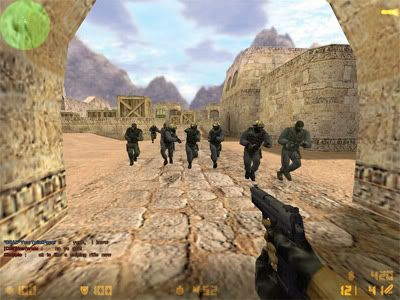
“The exam can wait. These CTs and their damn tripmines are going DOWN.”
There was a time when my evenings in college were spent studying being responsible writing letters to my mom sitting in the dark playing Counter-Strike. For hours on end I’d mince into the maps, pick out my favorite weapons from whichever side I’d chosen, and proceed to rampage from one place to another trying to edge out a win. It was especially fun when more than one of us in the apartment were playing on the same game, because shouted obscenities from the other room would make me grin. And when I saw the big shape of a flatmate coming around the corner at me, I knew I was in trouble, but I was still laughing about it even as I took my licks.
Even before that, in a more innocent time, the tight-knit community of the BBS is was really turned me on to online multi-player. Trade Wars taught me never to be logged out for too long if I could help it, because sooner or later somebody was going to blow up my hard-earned ship to try and get to the creamy commodity center inside. This feeling was invoked lately in my trial of Alien Assault Traders, where I spent an evening gawking at my screen because when I wasn’t looking, somebody blew up my damn planet. More accurately, they scoured my base from orbit (with me inside) and set up their own. Revenge shall be mine…
Anyway, that’s how I got my start with this sort of thing, back when the games and I were a bit more innocent, I suppose.
How Halo Changed Things

NerdyShirts actually makes teabagging look kinda cute.
At first, Halo seemed like a great thing. Either playing co-op with a friend split-screen or on a private server run by a co-worker, I was reminded of those heady days at Bloosmburg. There was friendly competition, the occasional jibe when being at the business end of a killing spree, the whole bit. Then, one day, I tried out the online random game-joining multi-player.
Now, maybe this is my fault for not researching or joining any clans. Maybe I didn’t get enough practice switching between the two weapons Master Chief can carry at any one time. Maybe I was spoiled by single-player campaigns where attacks that actually got past the Spartan’s armor just caused me to duck behind something solid until my health regenerated, because AI baddies never seemed savvy enough to flush me out with a grenade. But it seemed that whenever I signed into a random Halo MP game, I’d be at it for all of two minutes before I’d be clubbed, teabagged and verbally taunted by someone who sounded like a rat on helium squeaking at me from the bottom of a well about how I’d been ‘pwned’.
As trendy as it might be to hate on Halo these days, I think this was what turned me off to most PvP, at least when it came to shooters. There are folks out there who play this game professionally. It’s their job to improve their skills, find the best perches to drop grenades on someone, master the art of vehicular homicide (with Warthogs in the game of course) and make their teabagging appear to have all the grace and poise of an ice dancing routine (not a big stretch). More power to them, I say. If I could make a living playing video games all day, you can bet your teabag I’d do it in a heartbeat. And again, maybe this is due to joining random games instead of finding a clan or something, but I’d try not to be mean about it. I mean, laughing a bit at a particularly nasty kill is one thing, especially when you can laugh at your own when your buddy gets his revenge. Being the butt of homophobic rape jokes for hours on end is quite another. It just gets really old really fast.
Where’s the incentive to play in order to improve my skills if all the other players are just going to tell me how much I suck? And if they’re already at that level of skill, how much further along will they be when I finally get to said level?
Maybe I’m just a soft, mewling big girl’s blouse of a gamer for saying this, but all of the fun of an experience is drained away when I spend half of my time watching a respawn timer count down while watching a teenager defile my corpse and listening to his brand of humor spew into my ear without any recourse on my part other than trying to best him (an effort which almost always fails) or ragequitting.
WoW’s Ubiquitous Grind Machine
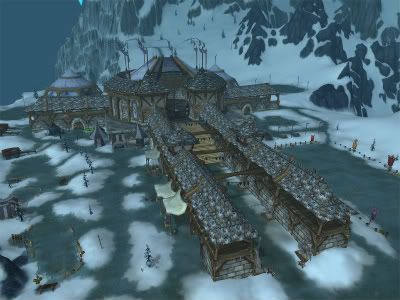
Considering what an RP nerd I am, it’s no surprise that I almost always played World of Warcraft on RP servers. Even there, you can find PvP. Given that role-playing is a largely social undertaking, and it’s best done with a group of like-minded individuals, it follows that some of one’s friends from the community would share an interest in PvP. However, since WoW is an MMORPG, any undertaking in it outside of purely social interaction means one thing, and one thing only.
Grinding.
Now, when I say ‘grinding’, I don’t mean killing thousands of rats over and over again, though that certainly is the case when it comes to building experience. In the case of PvP, at least in World of Warcraft, grinding means going into battlegrounds repeatedly, trying to build up badges and reputation to purchase better equipment, and ascending to the point where you and a handful of trusted friends – between one and four – can enter the arena and leave the battlegrounds behind. But once you get into the arena, you must again climb a ladder of points and reputation to ensure that your opponents do not outstrip you in terms of equipment.
There’s also the chance that entering the arena will reveal that you’ve been “doing it wrong” for quite a while. Battlegrounds tend to be more forgiving in terms of people not knowing how best to play their class. Arenas, on the other hand, have a much narrower margin for error, and every loss is a costly one. While one’s arena partners tend to be more forgiving, provided you’re not jumping into a random one, there’s still the matter of the gap between you and the shiny new pair of shoes you need to increase your resilience rating widening because you got snared and blasted into oblivion when you really should have known better. It’s less immediately enraging than getting teabagged by an adolescent, but more disheartening because you’re getting teabagged by the system.
It was a feeling, a salty sweaty taste in my mouth, that I couldn’t shake. I tried Warhammer Online, Aion, Star Trek Online, and in each case, I felt I was staring down a long dark corridor of PvP grinding with no end in sight and the server’s hungry grues waiting to devour my free time, my hard-earned cash and my will to live.
Yes, yes, I know, boo hoo, stupid whiny care bear, let’s move on.
The Across-The-Table Factor
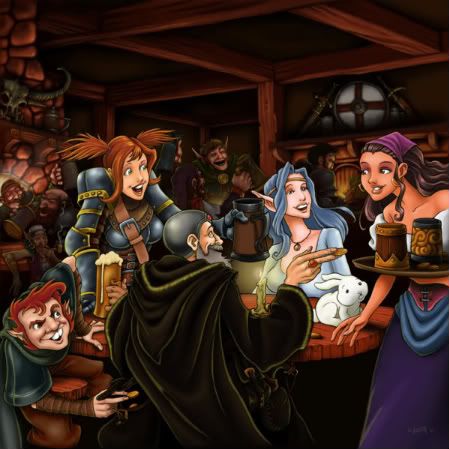
Some things are just better with
I think part of the problem I ran into was the inability to see the people with whom I was playing. I don’t know a lot of the people I meet online personally. Folks in a WoW guild I can kind of get to know but I’m still never sure how they’ll behave under pressure in a competitive situation, or how they’ll react to me when I inevitably mess up. It’s even worse jumping into random online shooter game sessions.
It’s a shame, too, because some of the best experiences I’ve had playing with others have been in competitive situations. Games of Munchkin, Chrononauts, Puerto Rico and the other aforementioned board games quickly become tirades of “I can’t believe you did that!” speeches framed with raucous laughter. Even something like poker or blackjack can have this esprit de corps, this feeling of competition among peers. It’s something that I’ve found lacking in a lot of PvP experiences.
There’s Hope. I Think.
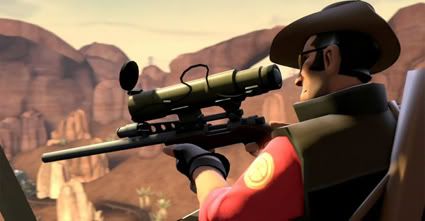
“Hmm… looks like he’s going to try this multi-player malarkey again.”
I think really have been doing something wrong. My enjoyment, or more pointedly the lack thereof, in a lot of these situations really comes down to me not finding a good group of people with whom to play. I haven’t been thinking about getting into situations where I’m in a game with people I know who’ll have my back when things go rotten. At least, I wasn’t. But I’ve refocused my thoughts on this from “what’s wrong with other people” to “what am I doing wrong?” The answer, as far as I can tell, is not being discriminatory in whom I spend time with in a multiplayer/PvP environment. It’s why I’m looking to get an Alien Assault Traders server going on this domain. And judging by the number of hits I got the last time I discussed Trade Wars, I think some of the people who’d join it would be people I know. Having my base scoured from the surface of a planet I created will be a lot less difficult to swallow when I can call, Tweet or otherwise directly harangue the friend in question with promises of revenge worthy of Shatner in Wrath of Khan.
The same could be said for Team Fortress 2. In a game where teamwork and supporting one another is emphasized so heavily, joining a random game and trying to depend on a stranger seems counter-intuitive. Most of people I know who play do so on the PC, meaning I’d be unable to join them since my copy of the Orange Box is for a console. Still, Steam has sales from time to time and if I can snag the game during one, I’m sure I can find people I know well enough from the Escapist or another walk of life whom I can trust to keep too many Spies from stabbing me while I’m trying to line up a shot on a particularly troublesome Heavy.
In spite of some negative reviews regarding it, I’ve been asked by a friend to try out Borderlands. Provided I can hang with said friend on a regular basis during the game, it might not be so bad. I’m trepidatious given my previous experience, but I figure it’s worth a shot if I’m playing with people I know.
Finally, I’m sure I’ll be playing an MMORPG again at some point. But I’m not going to be playing one by myself. I’m returning to my stance of finding one my wife and I can agree upon and I’m sticking to it. Because if there’s anybody on this planet from whom I should be able to endure some smack talk, it’d be my blushing bride.
At least she’s easier on the eyes than my dad.

